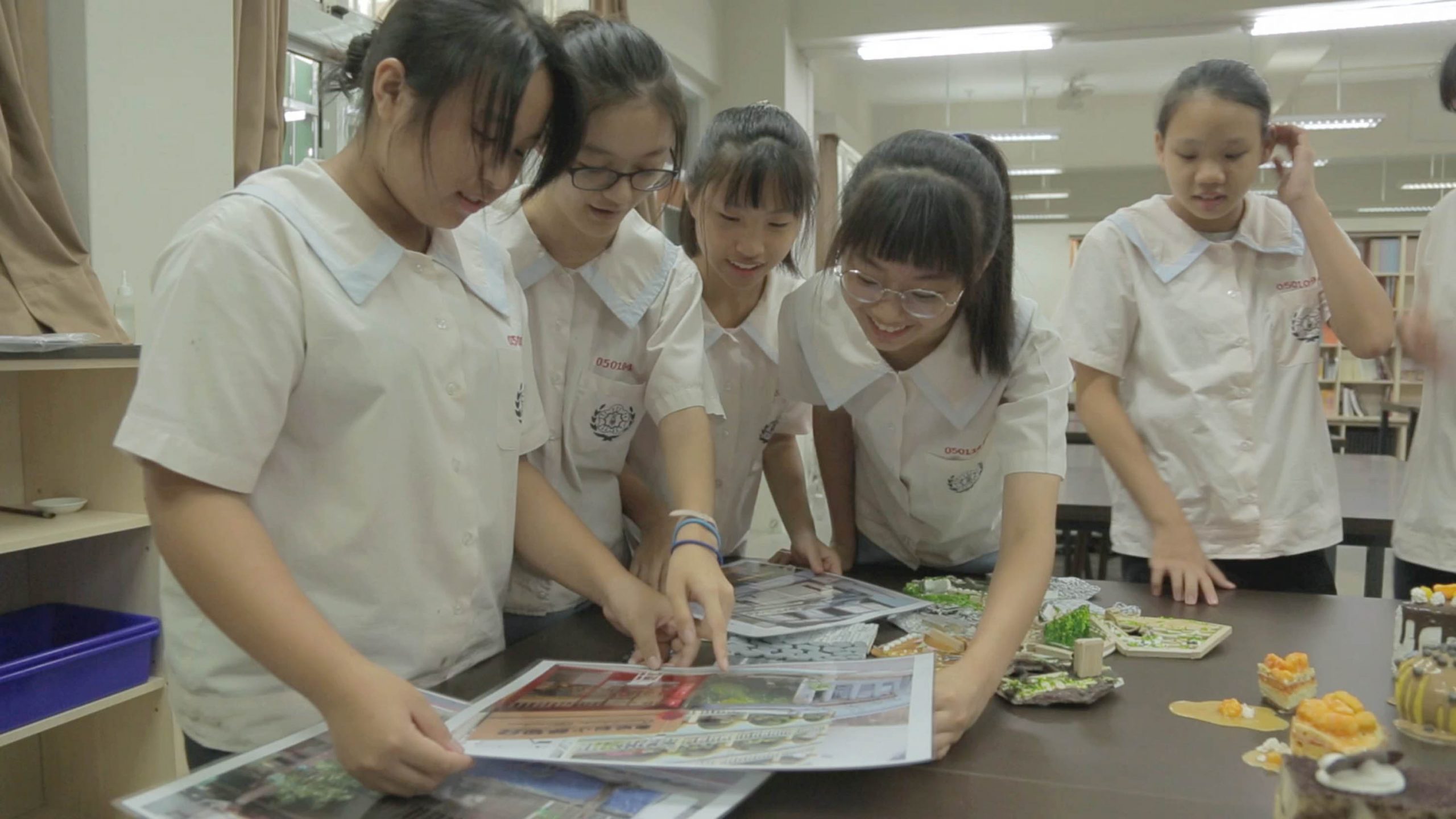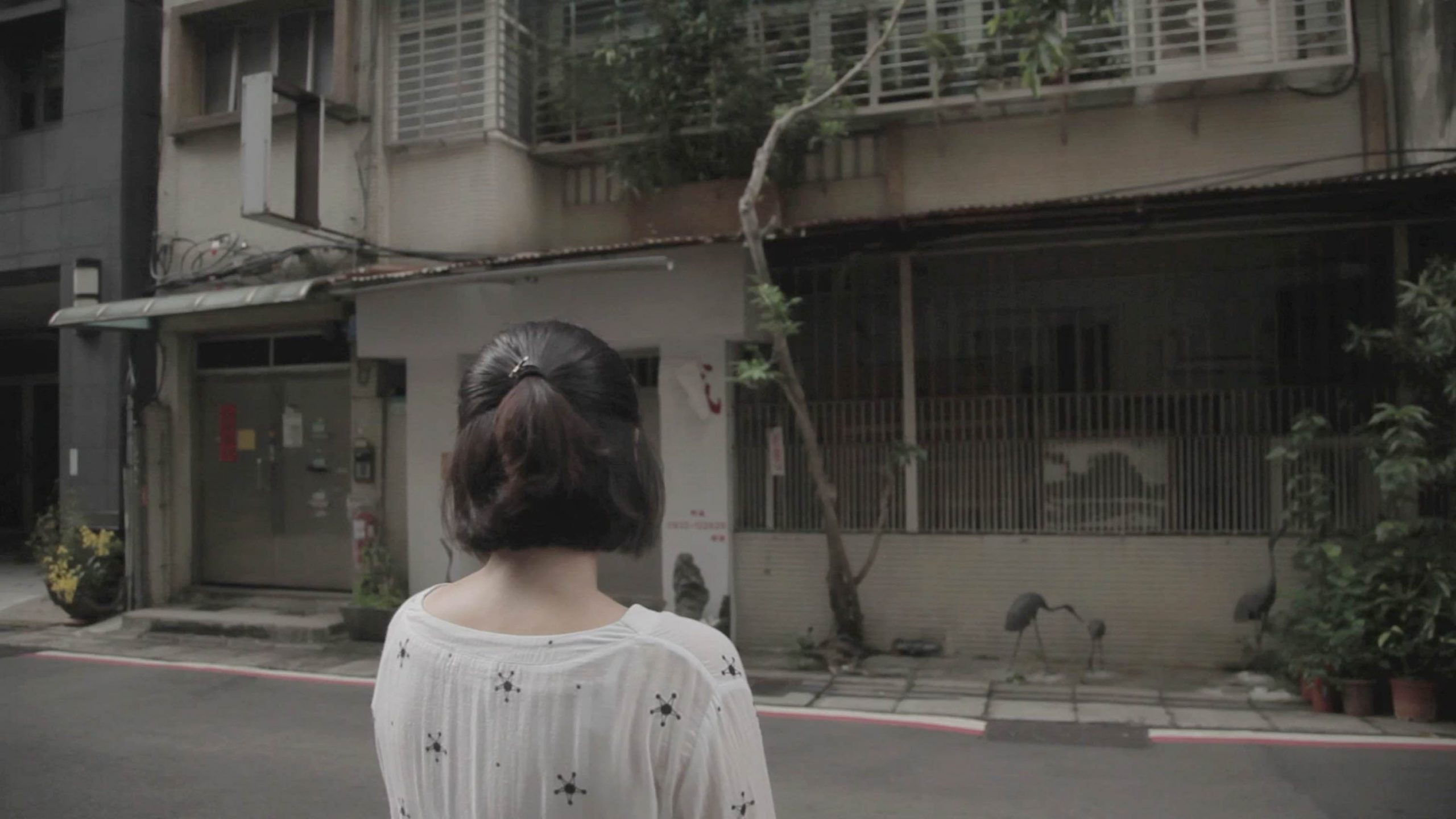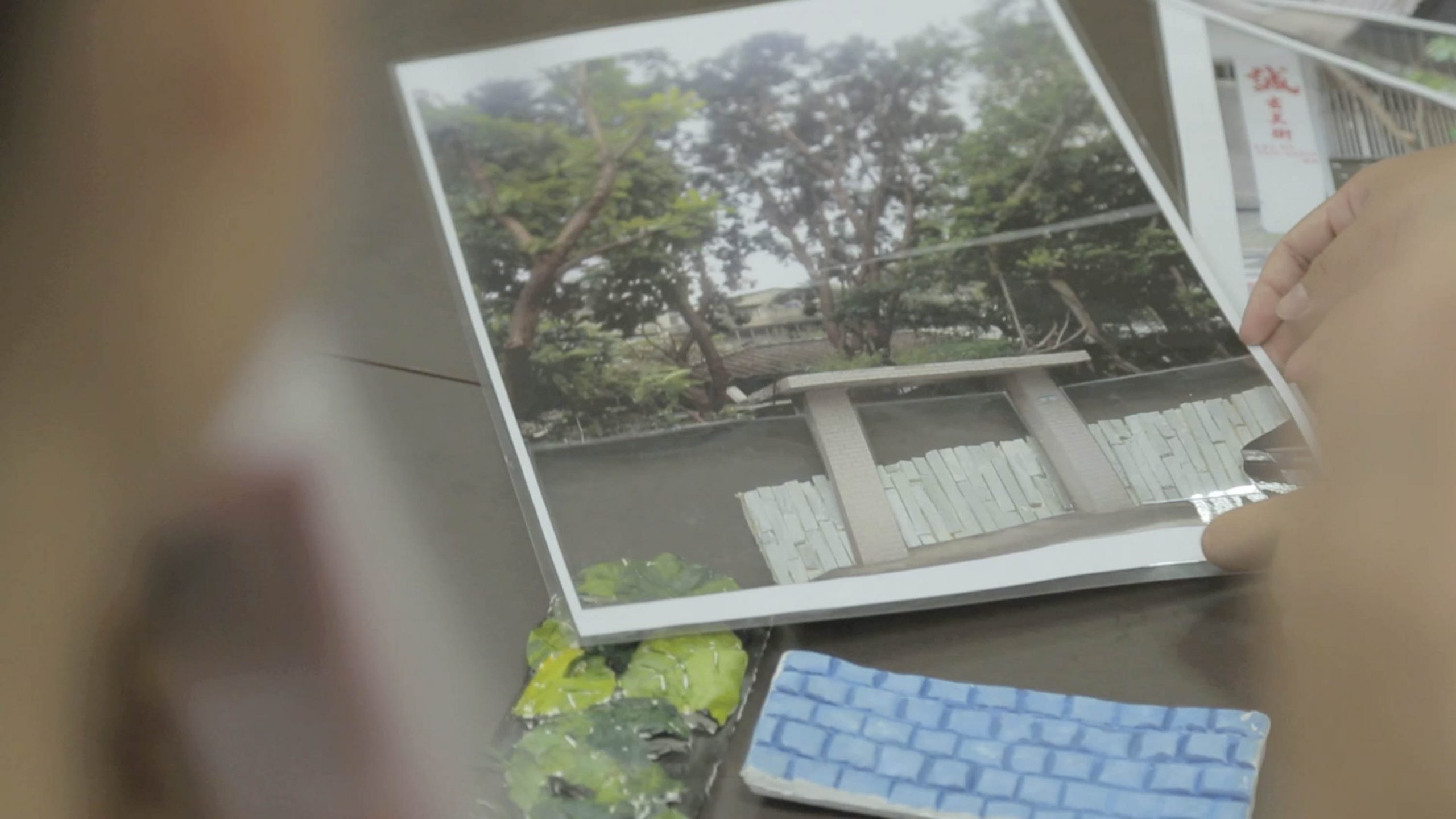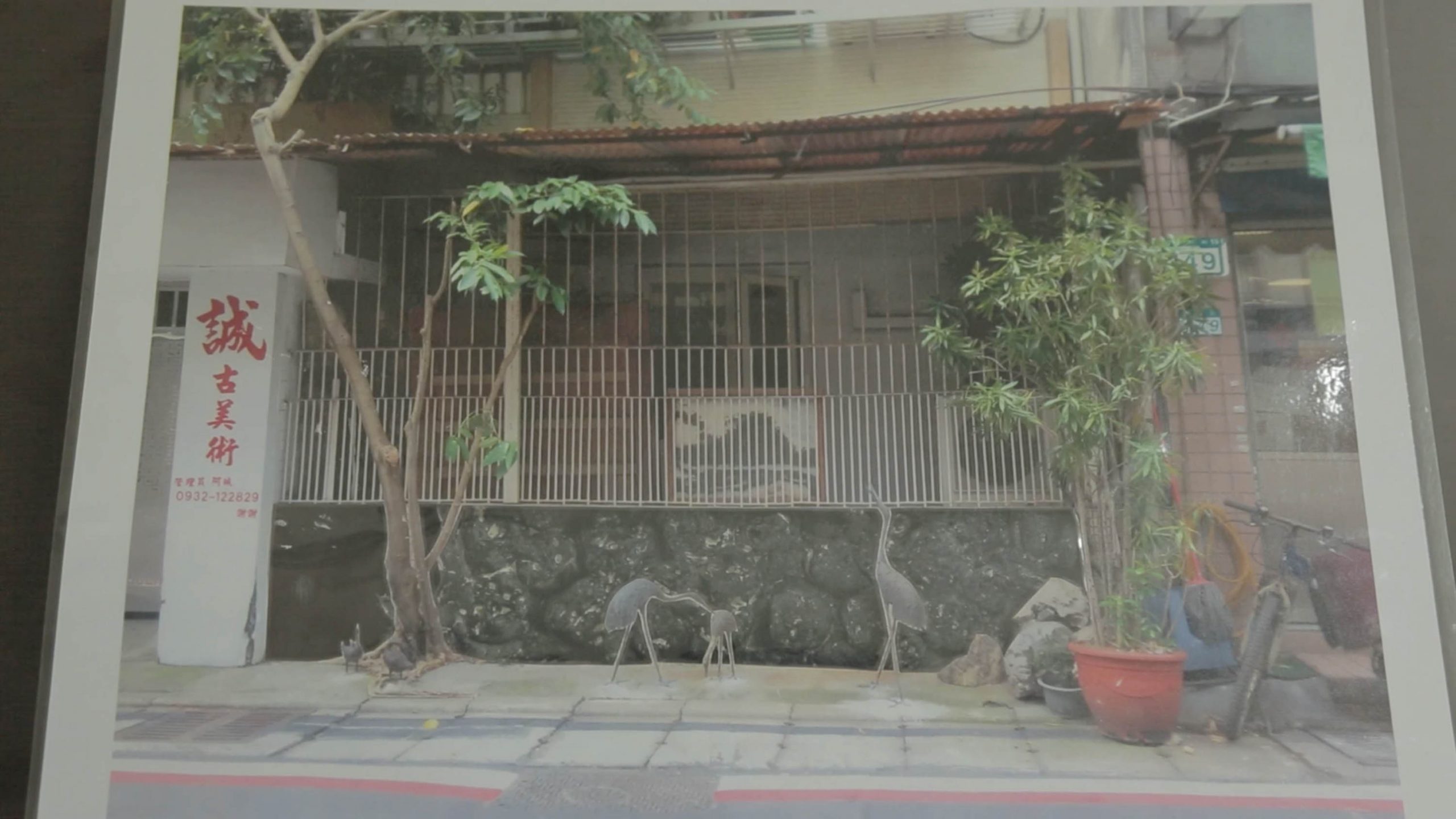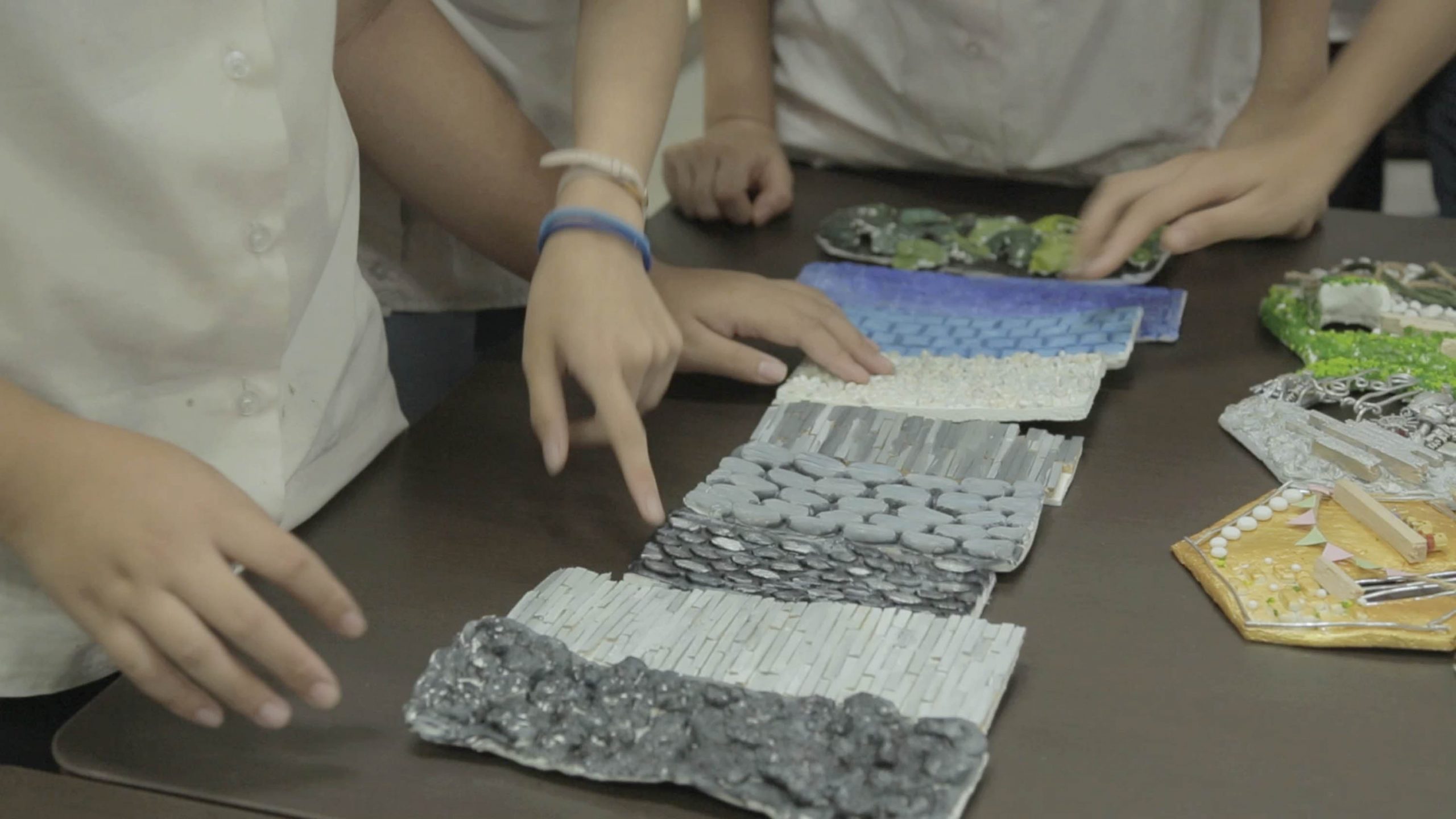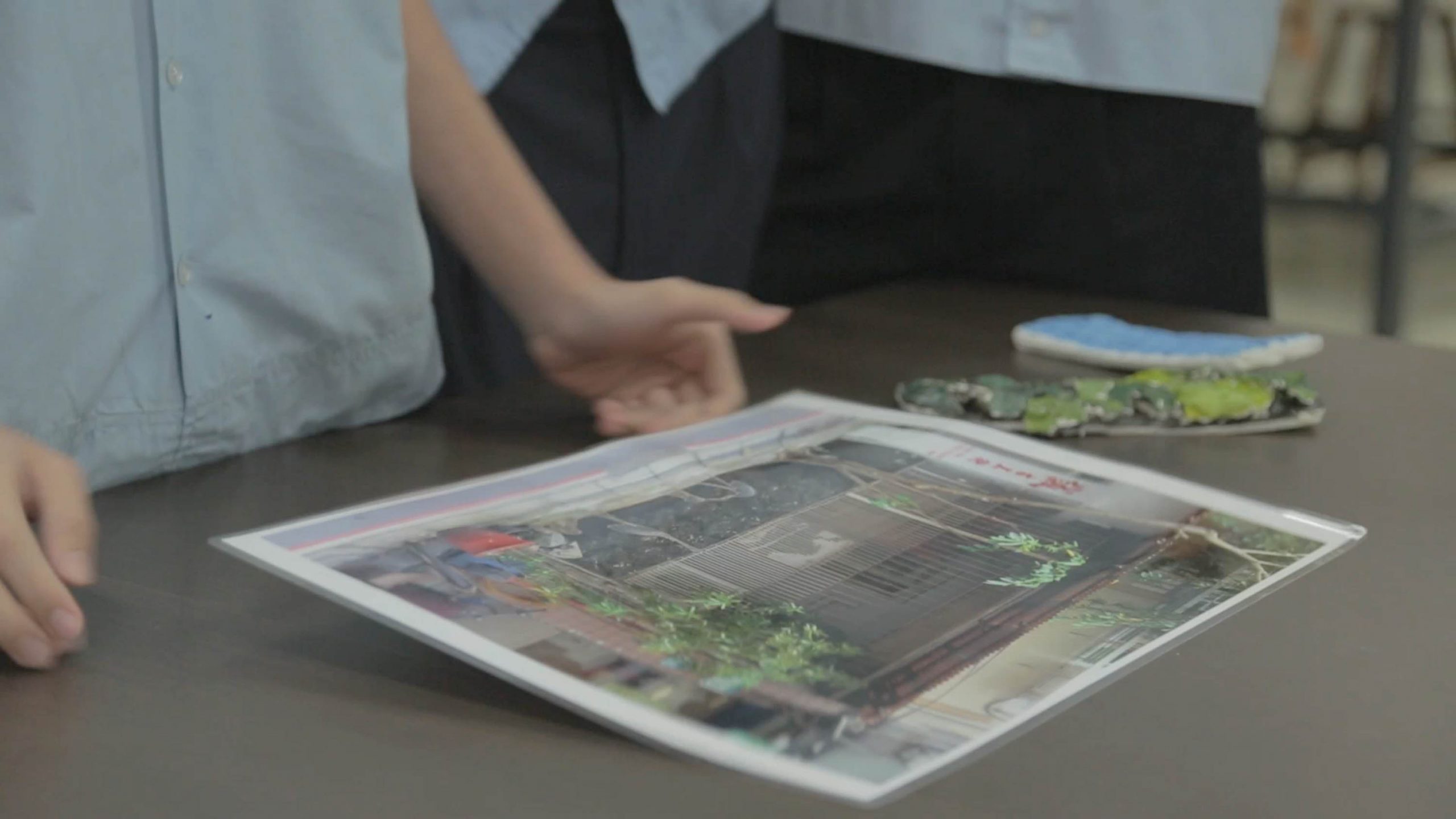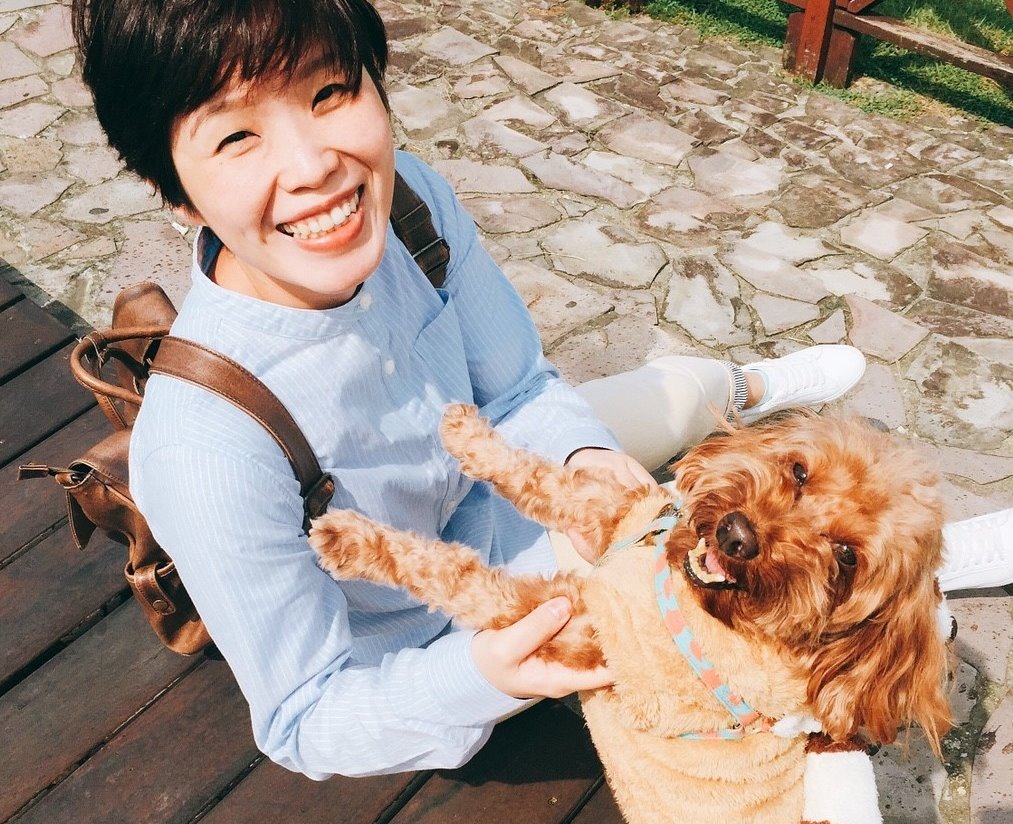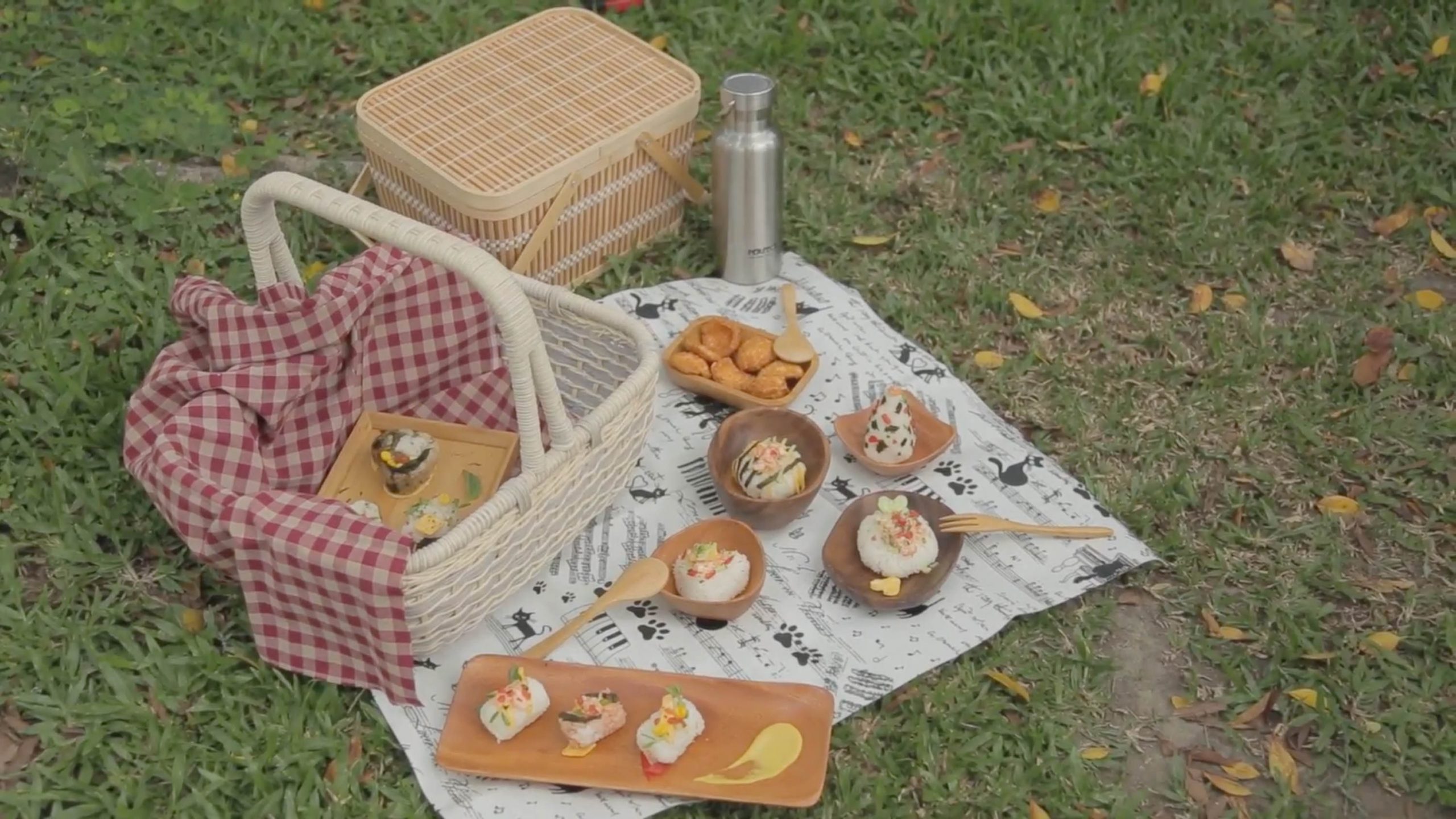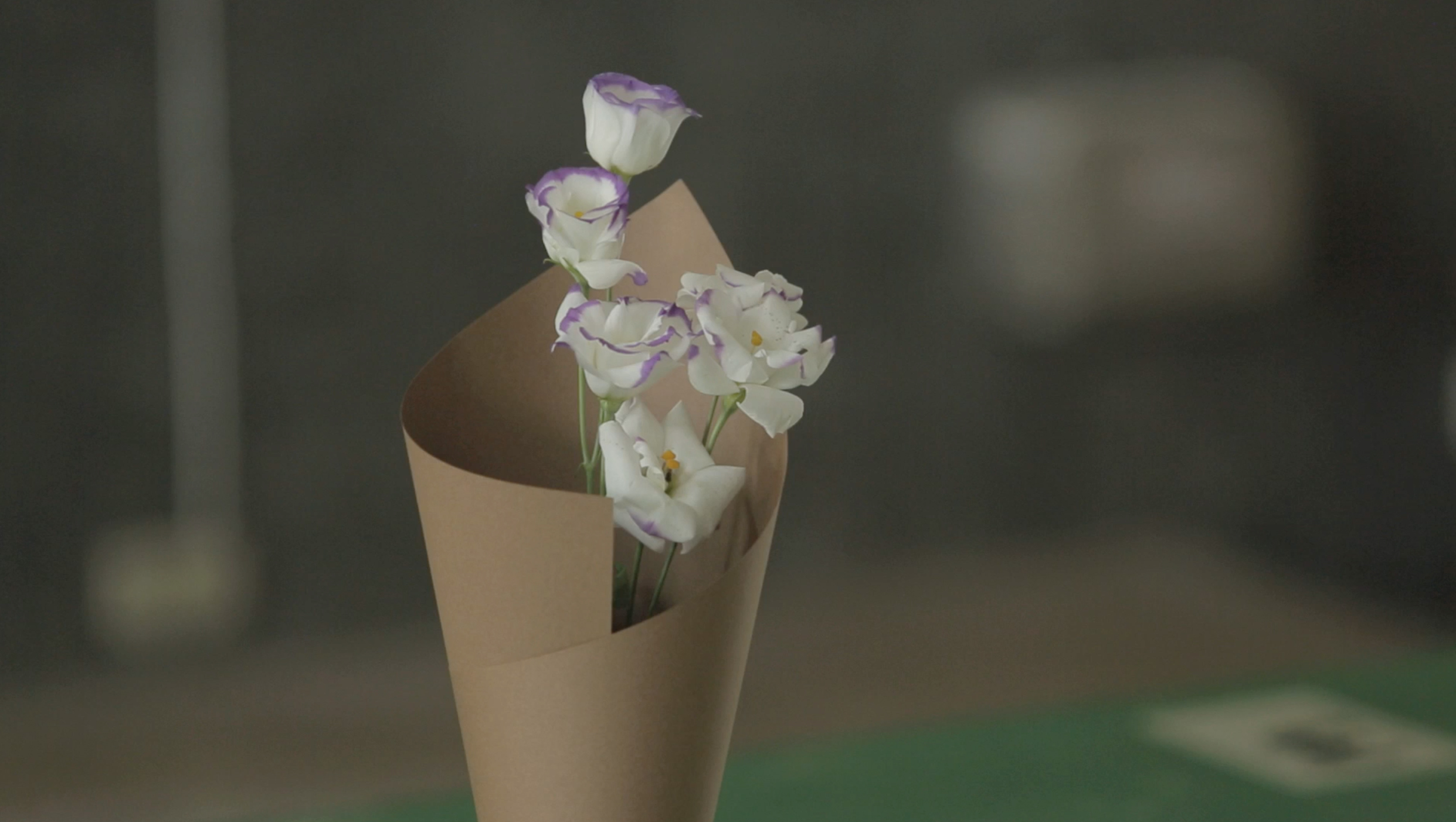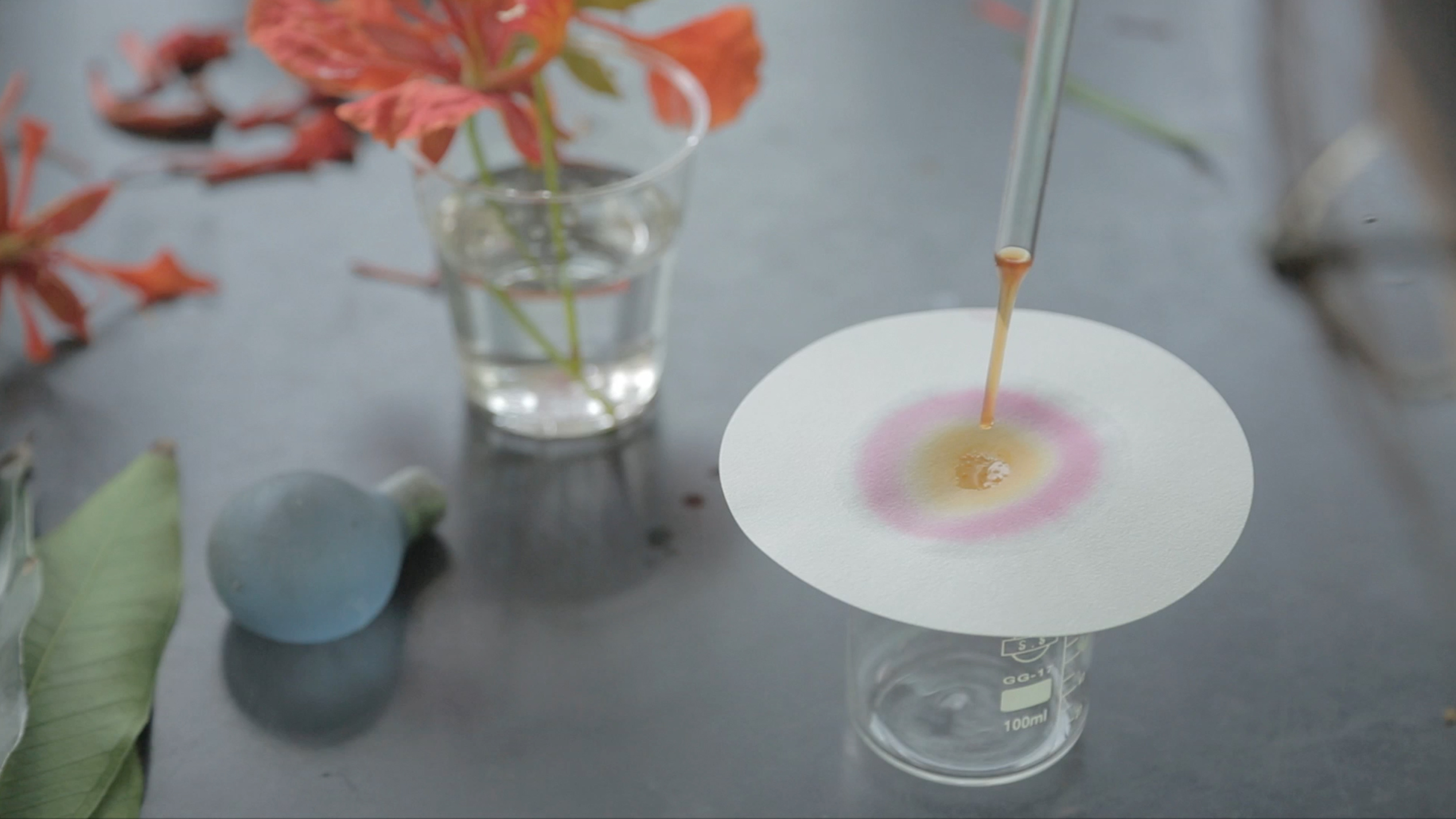Surprises from the Corner
The art and design course at Jinhua Junior High School, known as the Kang-Ching-Lung Streets Project, was developed collaboratively by all the art teachers. To gain a deeper understanding of their surroundings, the teachers and students left the classroom, planned exploration routes, and conducted field studies in the neighborhood around the campus.
As they wandered the streets, observing and recording various architectures from different eras, they were impressed by their findings: a rich diversity of styles, forms, and textures in the buildings. Back at school, they discussed the suitability of the materials used and explored potential replacements for the buildings. By slowing down and paying more attention to the details on their way to school, the students were amazed at how much they had previously overlooked.
